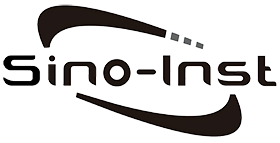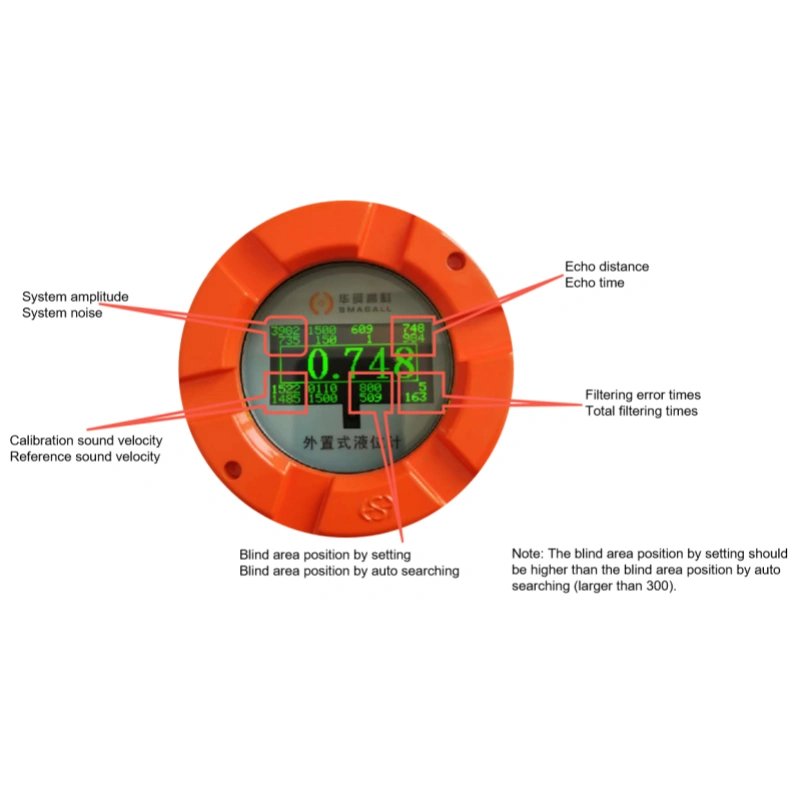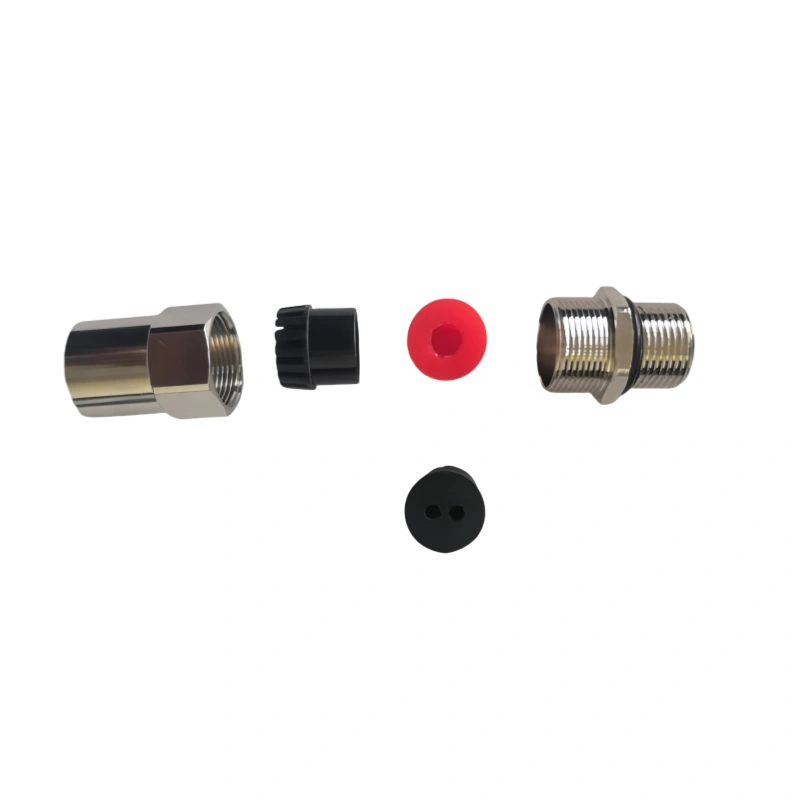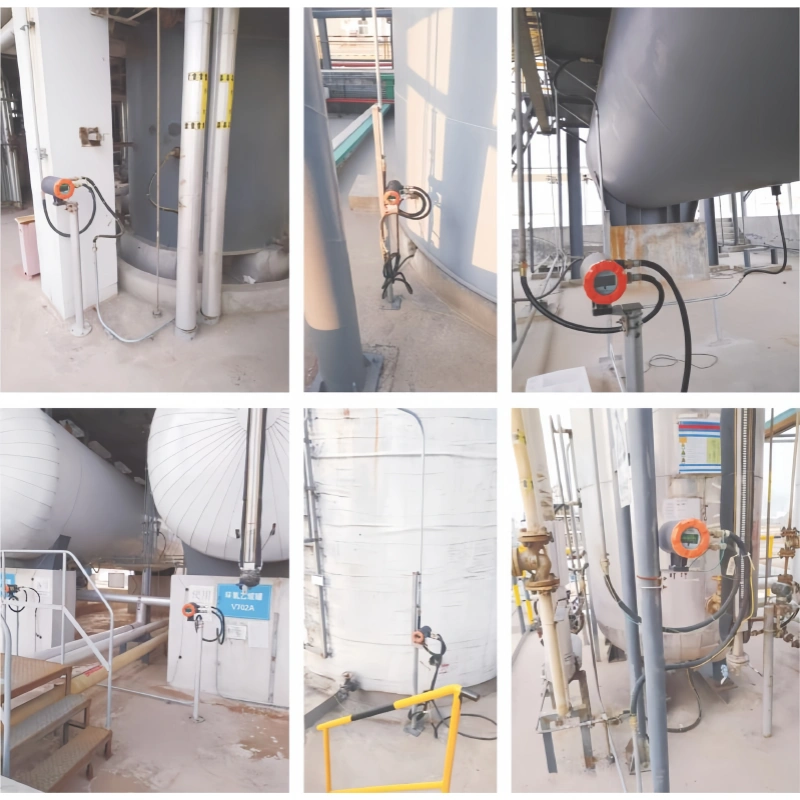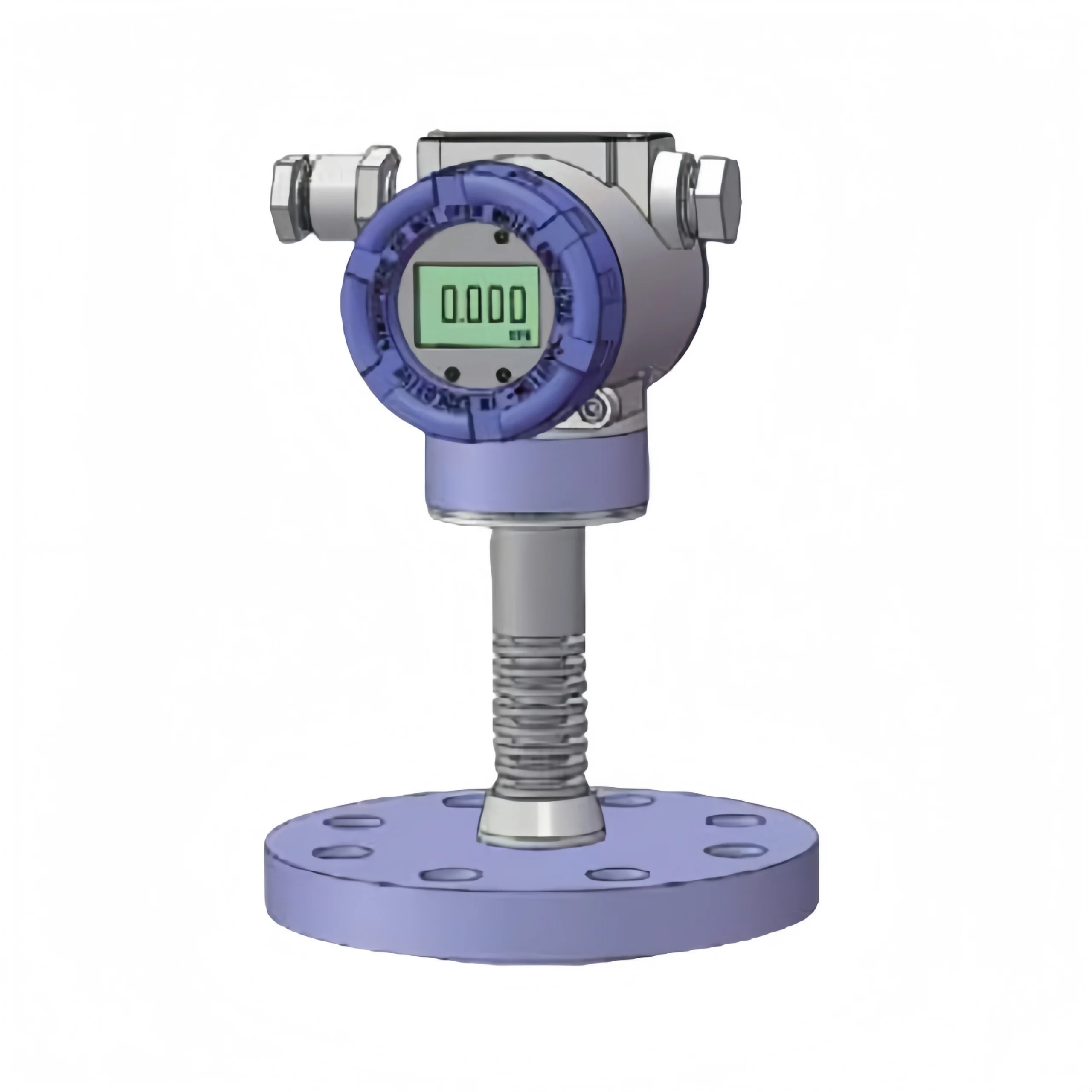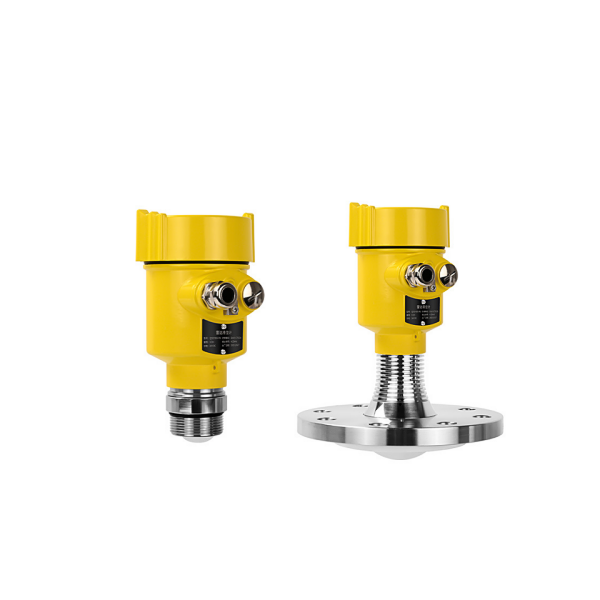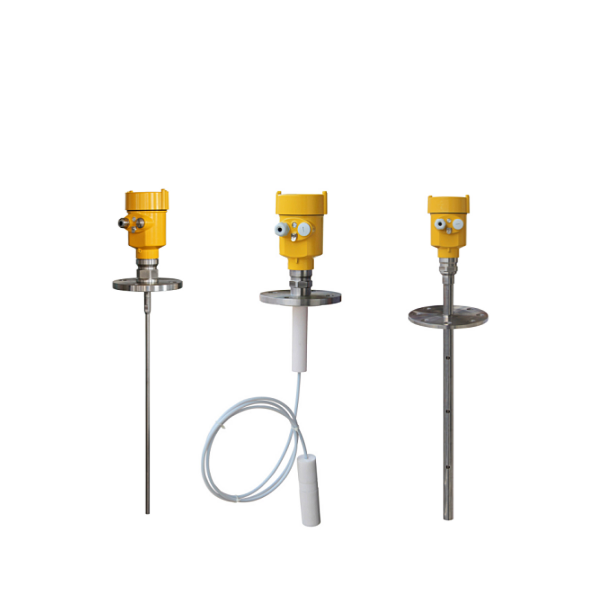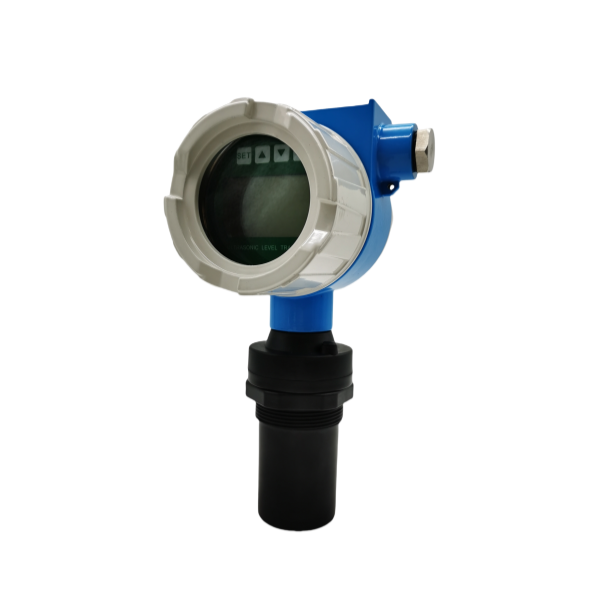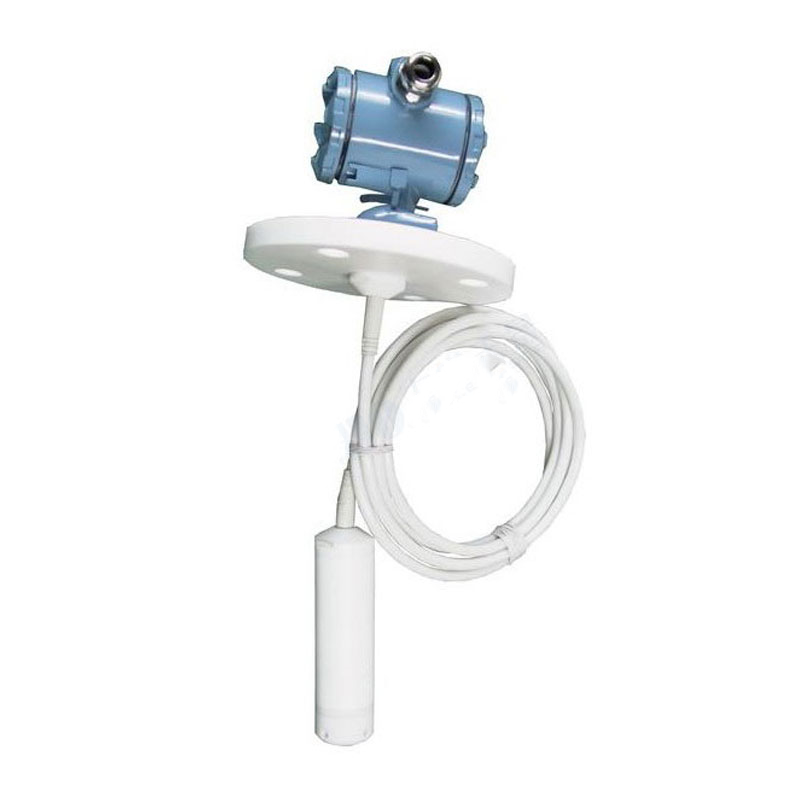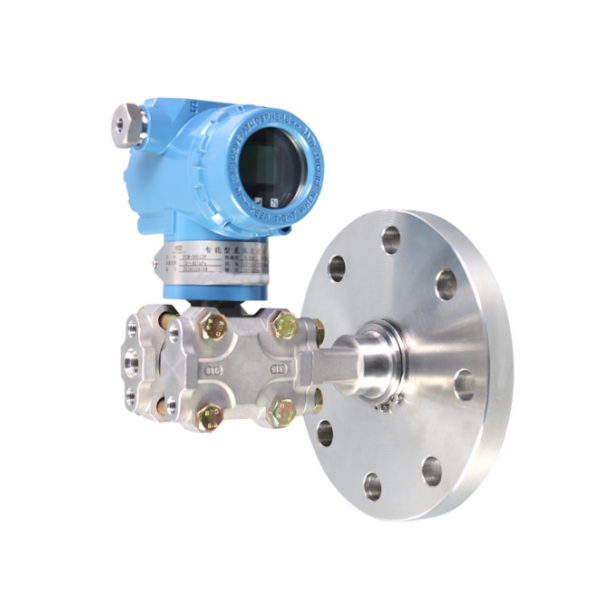When measuring the medium with a non-invasive level transmitter, the following should be noted:
- Medium purity
There should be no dense bubbles in the liquid.
There should be no large amounts of suspended matter, such as crystals, in the liquid.
There should be no large amount of sediment, such as mud, in the liquid.
- Medium viscosity
When the dynamic viscosity of the medium is <10mPa•S, the instrument can measure normally. When 10mPa•S<dynamic viscosity<30mPa•S, the instrument range may be reduced. When the dynamic viscosity is >30mPa•S, it cannot be measured.
Note: As the temperature increases, the viscosity decreases. Most high-viscosity liquids are more significantly affected by temperature, so when measuring viscous liquids, pay attention to the influence of liquid temperature.
- Some of the tested medium:
C3, ammonia mother liquor, ammonia gas, acetone, propylene
Diesel, nitrogen methyl, aniline, butadiene, butane
Xylene, dimethyl ether, aromatic hydrocarbons, phenol water hydrogen fluoride, Freon
Propylene oxide, ethylene oxide, methylamine, toluene, methanol
Methyl tert-butyl ether, formaldehyde, alcohol, polyethylene, chlorobenzene sulfate
Methyl chloride, vinyl chloride, kerosene, concentrated sulfuric acid, unsymmetrical dimethyl hydrazine
Gasoline, light hydrocarbons, hydrofluoric acid, trifluoroethylene, tetrachloroethylene
Banana water anhydrous hydrogen fluoride, nitric acid, bromine, hydrochloric acid, liquid ammonia
Liquefied carbon dioxide, liquefied gas, liquefied petroleum gas, liquefied hydrocarbons, liquid chlorine
Ethanol, ether, ethane, ethylene, isopropylene
Isobutane, isobutylene, crude oil, n-butane, vegetable oil
Can I use an ultrasonic sensor to measure water level?
Ultrasonic sensors can be used to measure water levels.
Ultrasonic sensors work by emitting high-frequency sound waves that bounce off the water surface and return to the sensor. The sensor measures the time it takes for the sound waves to travel to and from the water surface and then calculates the distance between the sensor and the water level. This distance can then be used to calculate the water level.
The advantage of using ultrasonic sensors to detect water levels is that they are non-contact devices that can be placed above the water surface, making them ideal for specific applications such as wastewater monitoring, water tank level monitoring, and flood detection. The technology is accurate and reliable, making it the preferred method for water level detection.
Recommendation:
- If you want to measure the water level of an open tank, you can choose Universal Ultrasonic Level Sensor | 0-15m
- If you want to measure the water level of a sealed tank, you can choose the product on this page.
- If you want to measure the water level of rivers, lakes, and seas, you can choose Handheld-Portable Ultrasonic Water Depth Gauge/Sensor
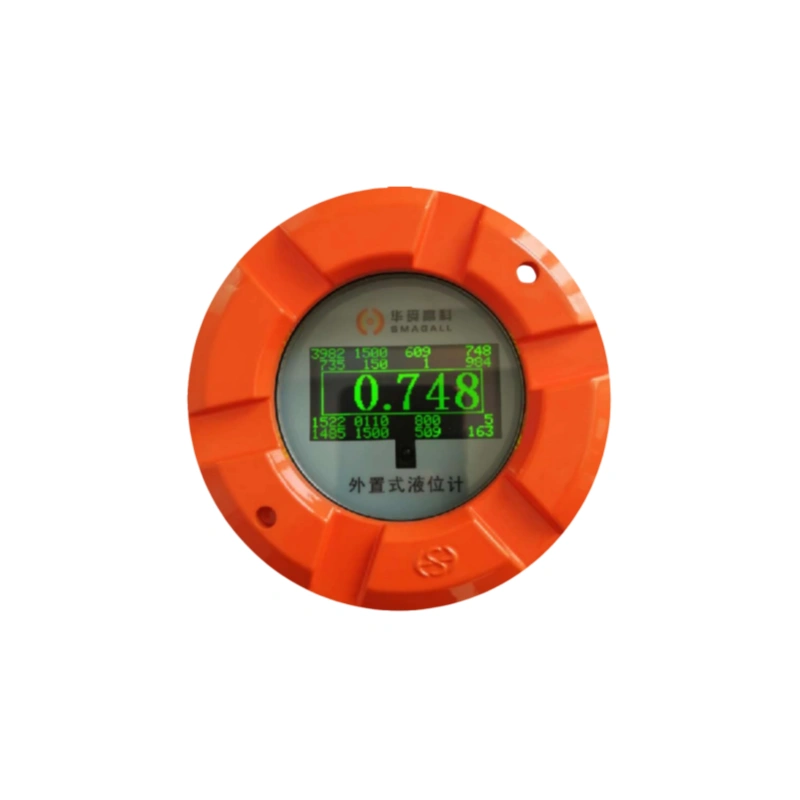
What is the ultrasonic method for liquid level measurement?
The working principle of the ultrasonic level sensor is based on the propagation and echo reflection principle of ultrasonic waves. The sensor mainly consists of two parts: the transmitter and the receiver. When working, the transmitter sends out ultrasonic pulses, which propagate through the medium (such as air or liquid) to the surface of the object to be measured (such as liquid surface) and reflect on the surface.
Subsequently, the receiver receives the returned ultrasonic signal and converts it into an electrical signal. By accurately measuring the time it takes for an ultrasonic wave to be emitted, reflected and then received, combined with the known speed of sound, the distance between the object to be measured and the sensor can be calculated, and then the height of the liquid level can be determined.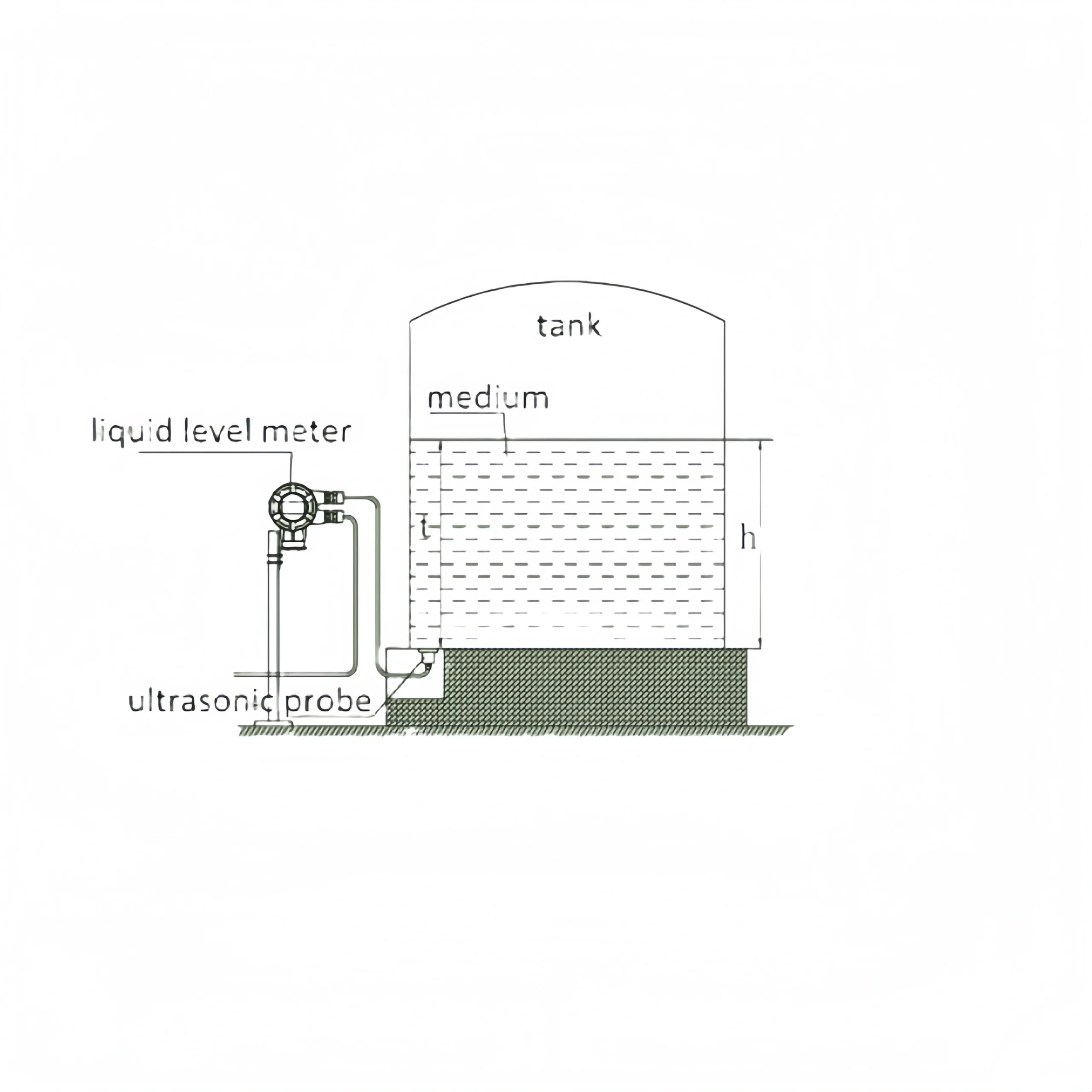
Different types of ultrasonic level sensors may adopt different working principles, such as the time difference method, the frequency modulation method and the phase method. Each method has its own unique advantages and applicable scenarios. But no matter which method is used, the core is to use the propagation characteristics of an ultrasonic wave to achieve a non-contact liquid level. Please contact us to provide you with professional product recommendations.
